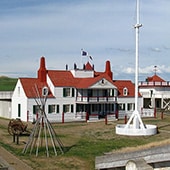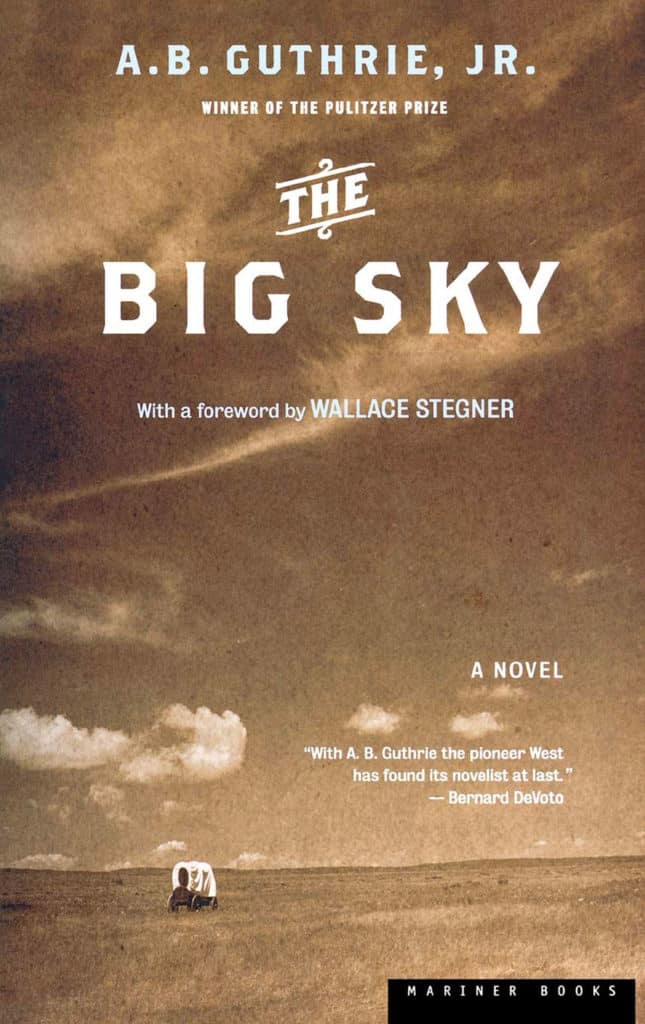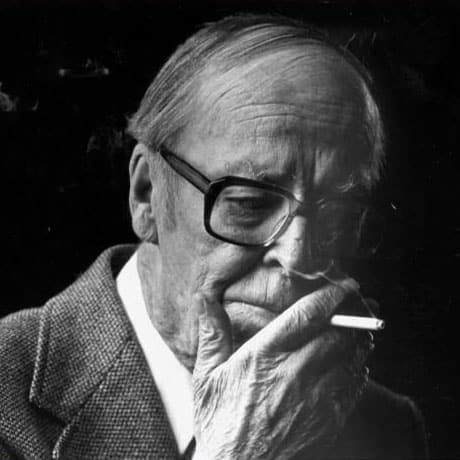The Big Sky: Fort Union
To the east, where the hill and sky met, Boone saw a surge of movement and guessed that it was buffalo until it streamed down the slope, making for them, and came to be a horse herd. Summers’ gray eye slipped from Boone to Uncle Zeb….”Forts all up and down the river, and folk everywhere a man might think to lay a trap. And greenhorns comin’ up, a heap of ‘em—greenhorns on every boat, hornin’ in and sp’ilin’ the fun. Christ sake! Why’n’t they stay to home? Why’n’t they leave it to us as found it? By god, she’s ours by rights….” (150)
Guthrie, A.B., Jr. The Big Sky. Boston, Houghton Mifflin, 2002.



